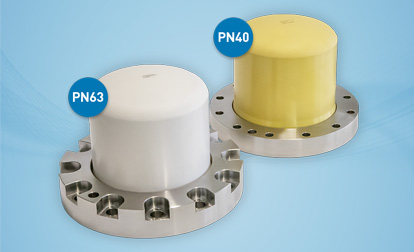Merry Christmas & Happy New Year
MERRY CHRISTMAS & HAPPY NEW YEAR
We would like to thank you for the good cooperation and the trust you placed in our company in 2021. We wish you Merry Christmas, pleasant and peaceful holidays and Happy New Year! Stay healthy! Stay healthy!
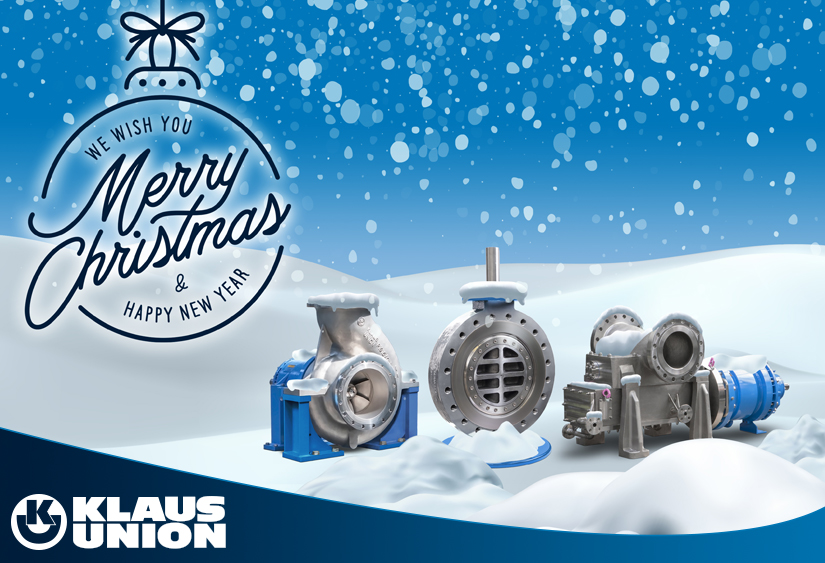
20 kW energy savings
20 kW ENERGY SAVINGS
Another good reason for using our non-metallic containment shells: We have subsequently modified the first of three identical pumps for our customer to reduce both the power consumption and the external flush flow for bearing lubrication and magnet cooling significantly. The pump is a magnet drive centrifugal pump series SLM NVO, equipped with our largest hydraulics (400-400-500).
The metallic containment shell has been replaced by a non-metallic shell made of technical ceramics. Through the use of this new containment shell material, eddy currents are eliminated, reducing power consumption by 20 kW and the external flush flow by almost 90%.
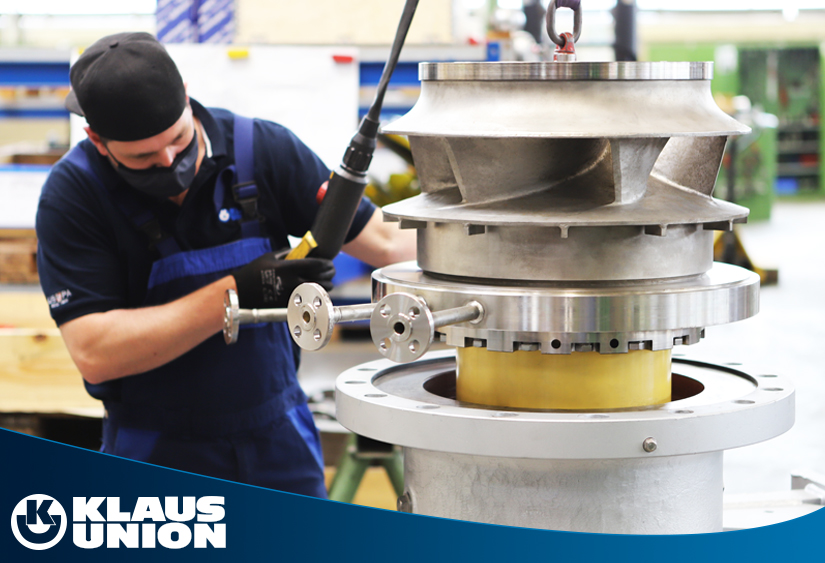
ADIPEC 2022
MEET OUR TEAM AT ADIPEC 2021
Doors are open at ADIPEC 2021 – the largest gathering of energy industry professionals. Don’t miss the chance to visit our booth and discover our product range as well as our brand new exhibits.
Our experts are ready to meet you at Stand 8752 in Hall 8.
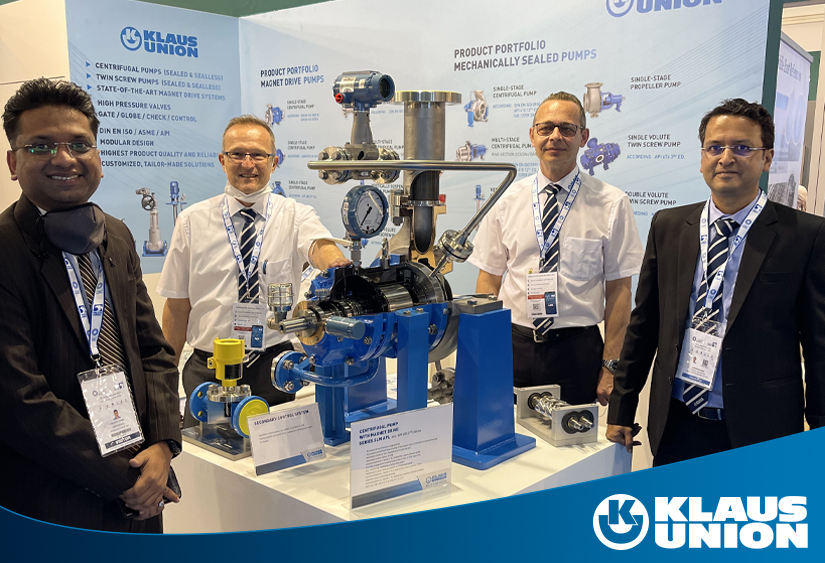
The giant has been successfully commissioned
THE GIANT HAS BEEN SUCCESSFULLY COMMISSIONED
This single volute untimed twin screw pump series DSP-2C is now pumping nearly 1,000 m³/h of hot asphalt at side for a large oil & gas customer. Klaus Union supplied two identical pumps, which are used for ship loading.
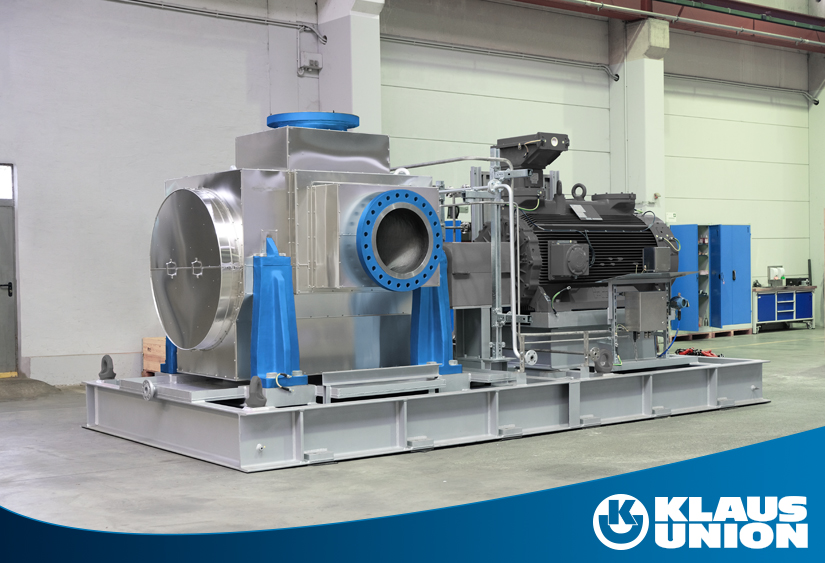
DIAM Bochum -Wir sagen DANKE!
DIAM BOCHUM 2021 - Wir sagen DANKE!
Die diesjährige DIAM Bochum ist vorbei und wir möchten uns ganz herzlich bei allen Besuchern, Kunden und Partnern für den Besuch auf unserem Messestand und nicht zuletzt für den intensiven fachlichen Austausch bedanken.
Die DIAM hat gezeigt: Das persönliche Gespräch ist auch weiterhin nicht zu ersetzen. Also bis bald, wir sehen uns auf der nächsten Messe!
Ihr Klaus Union Messe-Team
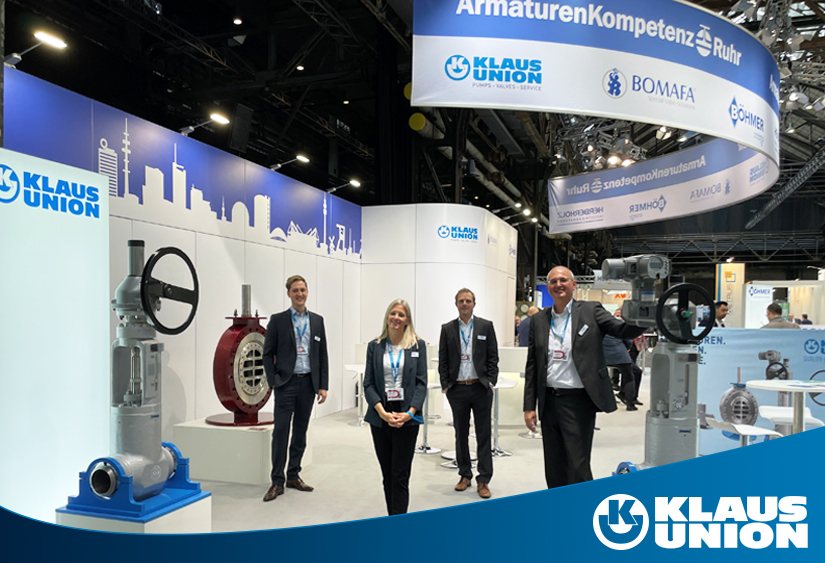
International technical training session
INTERNATIONAL TECHNICAL TRAINING SESSION
SHARING OUR PASSION FOR PUMPS
Over the past two weeks, we hosted the first international technical training session at our headquarters in Bochum since the pandemic began. It was great to see our colleagues from different countries again in person – of course in compliance with strict hygiene regulations.
Many thanks to everyone for attending and for your valuable input. Hoping to see you again soon.

11 pumps for a new fertilizer plant
September 29, 2021EN_News 2018
11 PUMPS FOR A NEW FERTILIZER PLANT
Klaus Union has delivered various vertically suspended pumps for ammonia applications of a new fertilizer plant in North Africa. The pumps are designed in both VS4 and VS6 design and come with different sealing types – simple stuffing box packings (following API 610) and magnet drives (following API 685), which are equipped with our new hybrid double containment shell.
This containment shell design combines two separate shells. The inner shell is a highly corrosion resistant metallic containment shell while the outer, secondary shell is a non-metallic containment shell made from heavy duty technical ceramics. The hybrid double containment shell meets API 685 § 3.66 “secondary containment system”.
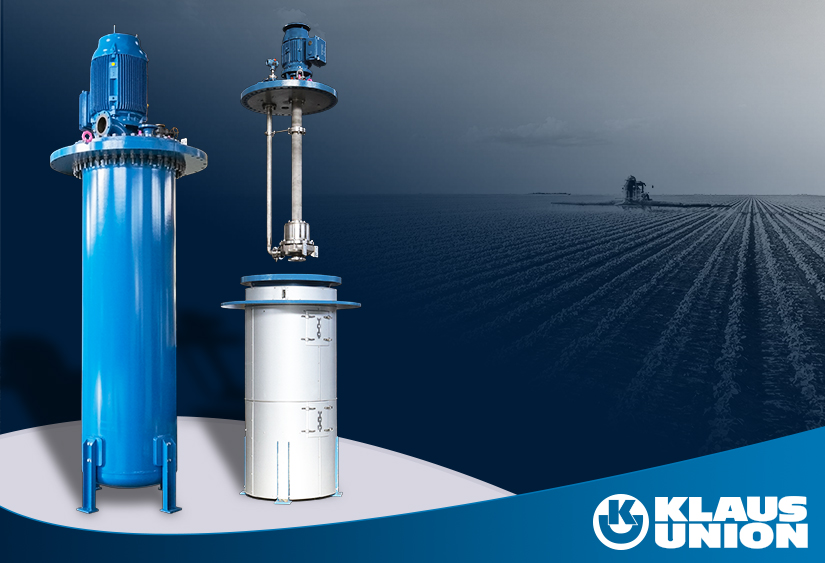
Control valves for a combined cycle power plant in North Africa
September 16, 2021EN_News 2018
OUR VALVES - YOUR SUCCESS
Regelventile für ein Gas- und Dampf-Kombikraftwerk in Nordafrika.
Verschraubter Deckel / selbstdichtender Deckel / 4” bis 16” / Class 300 bis Class 2500
👉 bereit für die Antriebsmontage
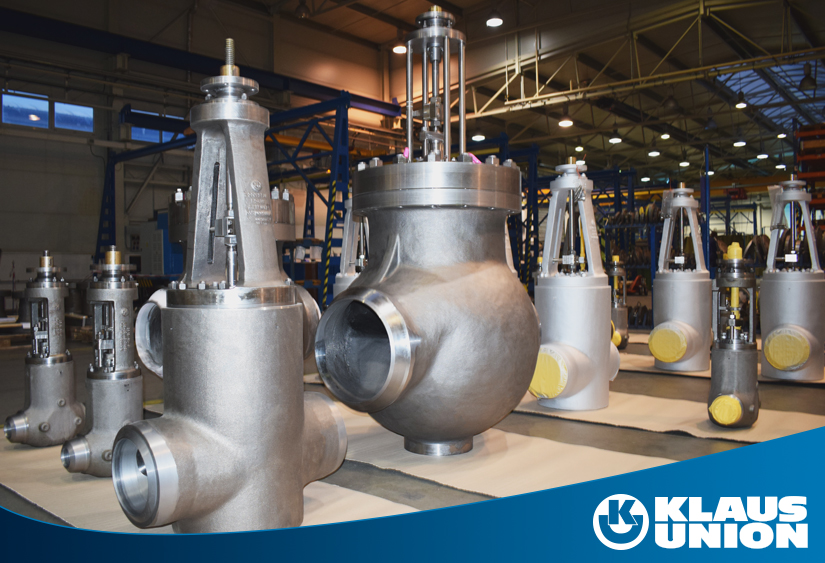
Cryogenic temperatures Very welcome
CRYOGENIC TEMPERATURES? VERY WELCOME!
Klaus Union pumps cover not only high temperatures of up to 450 °C (842 °F), but also temperatures as low as -200 °C (-328 °F). This is essential for cryogenic applications, where heat input has to be minimized. It is achieved through the use of non-metallic containment shells made of zirconium oxide, which are not electrically conductive. Due to this characteristic there are no eddy currents affecting the pump’s performance and in consequence, the pumping fluid is not being heated in the process.
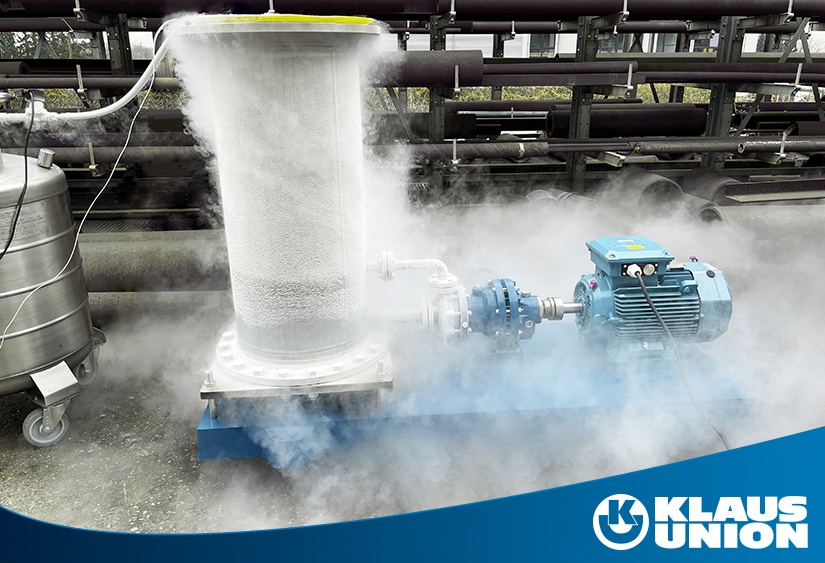
A new milestone – PN 63
A NEW MILESTONE - PN 63
Say hello to our new family members – our non-metallic containment shells made of zirconium oxide now cover an extended pressure range of up to PN 63. The new class of containment shells can be identified by their white color and the even further reinforced clamping ring.
